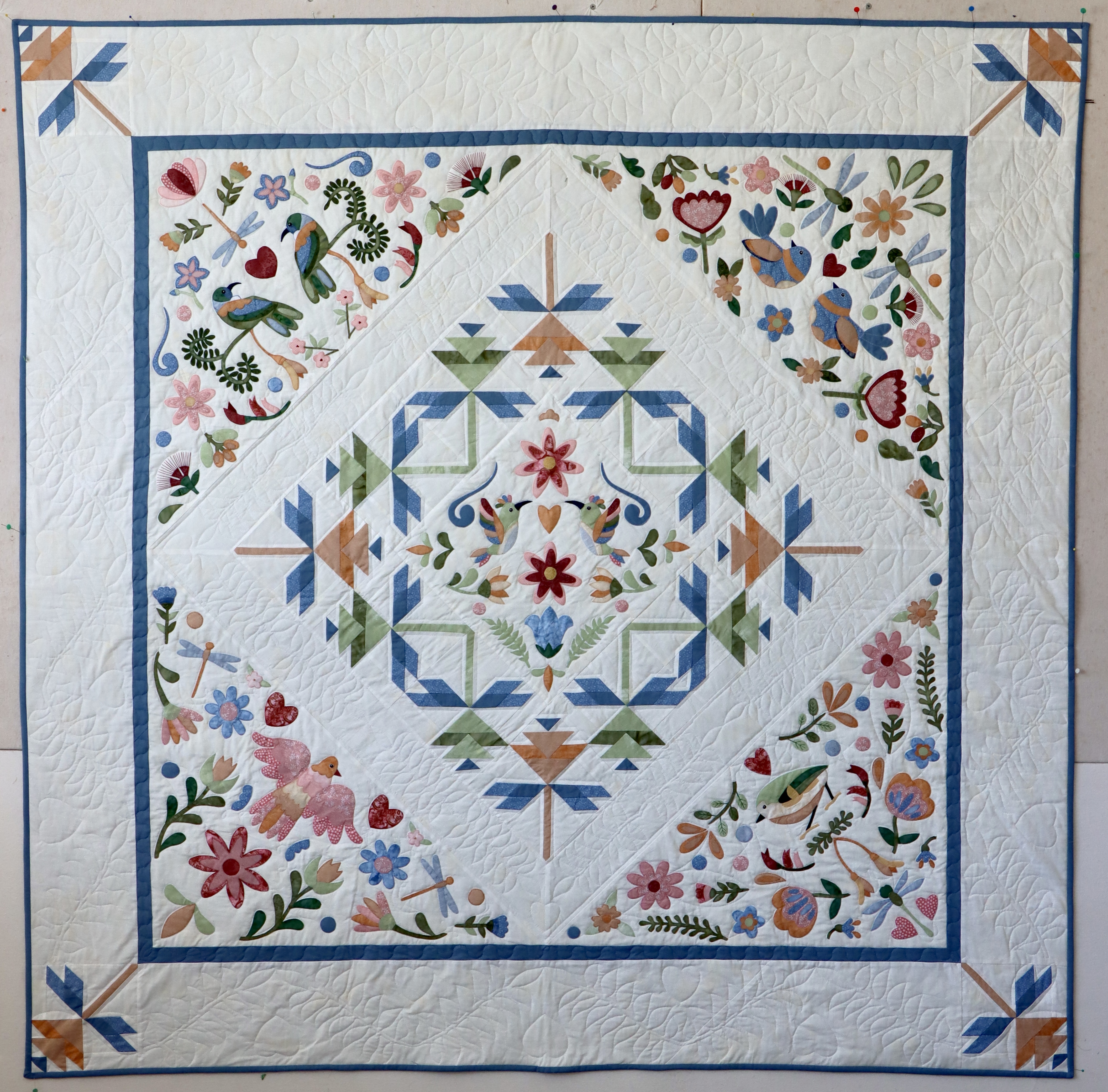notes from a talk presented by Tim Lynch, past curator of Redcliffe Art Gallery. February 4th 2009.
Three types of galleries in which to exhibit your work:
Community – usually a person would exhibit here for affirmation of the work – there are usually no criteria for entry, and usually no charge. You would need to submit a proposal but it is easy to apply.
Commercial – for selling your work – the gallery promotes you to their clients, and they charge a commission (can be up to 40%)
Public – e.g. Redcliffe Art Gallery, Pine Rivers Art Gallery – The aim here is to have a discourse with the community – i.e. have a “conversation” to educate and inform the public. Work shown is that produced by popular (currently “hot”) artists. There is an explanation of the work to the audience, but it is not necessarily promoting the artist to help sell his/her work.
Holding an exhibition:
- Be clear in your aims for your exhibition – if it is to sell work, you should go to a commercial gallery or the Redcliffe Cultural Centre. Present the work to the curator. Number of visitors will be a measure of the exhibition, e.g. one artist will bring in fewer people than a group would; therefore latter will be more successful. A good curator will listen and work with you to develop a good exhibition incorporating your aims and ideas as well as their aims. The curator will often have the ability to build on your ideas to make a great exhibition. He will try to break down what you are thinking to give the audience insight into your work.
- Time Line: establish the date of your exhibition then work back; decide how much space, how much work will be needed to be produced to fill the space, can that amount of work be produced in the time available. Redcliffe Art Gallery requires around 35-40 pieces 24” x 36” to fill. Often better to opt for one wall and/or 3 works for example would be much more manageable. Also a group can apply for funding for a curator to assist the group. Allow the curator to look through your work, ie visit your studio and view lots of your work, even things you don’t think are so good. Also get your friends and fellow artists especially to critique your work.
- Title of your exhibition – decide which photo of which work for the cover of invitation as this needs to be reproduced and printed – usually takes 2 weeks from council to printer, and should be done 6 weeks before the exhibition. Include here the aim of the exhibition – people like to see different/new media, and often less is more. We want people to come and look at the work.
- Labels and label information – include name of artist, address (back of work only) Title of the work, Media used, with major medium first then listed in order of use. Credit line – i.e. courtesy of the artist, “from the private collection of…” Usually plastic and laser printed, or mounted on foam core board. ( all info also on back of work)
· Expanded Label: Talks about the work, should be less than 100 words, font size: 20 words to A5 sheet. This puts the art work into context so that the viewer will better understand the work. This is aimed at a general audience.
· Didactic panel: “This exhibition is about….” Tells us what it is about and gives some insight into the exhibition. Usually the curator writes this but you can also get someone else to write it. Again is aimed at the general audience. Avoid “art speak” – reserve this for publications.
- Layout: don’t underestimate the power of design layout – the artist works with the exhibition designer. At Redcliffe Art Gallery work is hung on a centre line of 1500mm (from floor) . We don’t want the people looking at the design of the exhibition, bu t we want them to be looking at the works. Can also hang on a top line (top of all work is level) or a bottom line (bottom of all work is level)
- Themes: want things to lead viewers through the exhibit from theme to theme – e.g. a progression from early works to later works. Grouping works – especially photography exhibitions – hang these in pairs or groups of 4 or 6. Can place something really different from a group or works as a “full stop” to give viewers a breather.
- Frames or not? This depends on the art work and also on the preservation needs of the work. RAG supplies plain temporary frames mounted with mat and Perspex and have their own gallery installers. Think about how you want to install the work, and make these decisions well before hanging day.
- Insurance. If the work is damaged the gallery meets the costs if they are at fault. The value of the work needs to be realistic.
- Copyright –. www.copyright.org.au there is a wealth of information on this website. See Australian Copyright Council Information Sheets: G33 Artworks & Copyright, G086v03 Artworks: getting permission, G10 An introduction to copyright in Australia, G021v10 Hobby crafts and copyright, G73 Craft workers and copyright, Other Information sheets include Infringement, Internet –copying and downloading, using photos you have paid for, protecting your copyright, sewing patterns….look at the alphabetical listings.
10.Lighting – usually 50 lux. (for watercolours) This is recommended by conservators, but the artist may request more lighting. Paintings can be higher.



